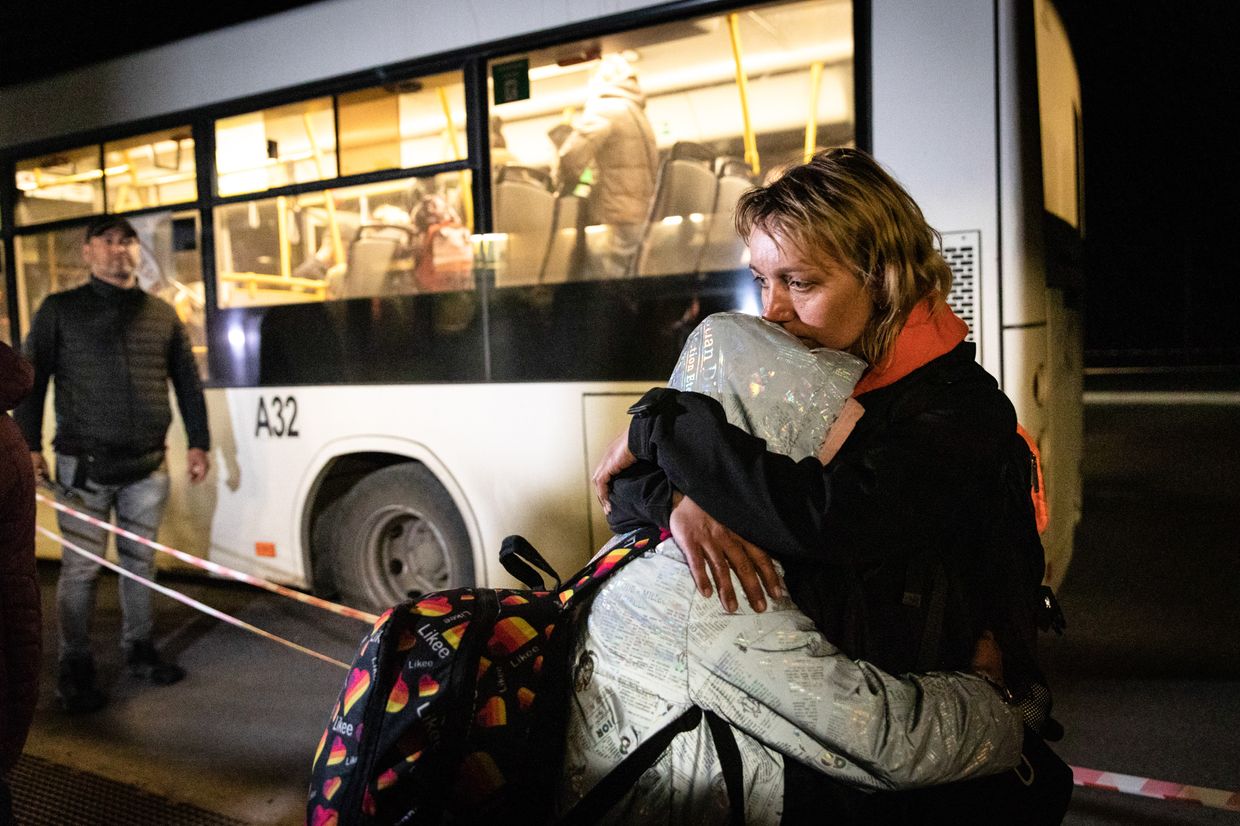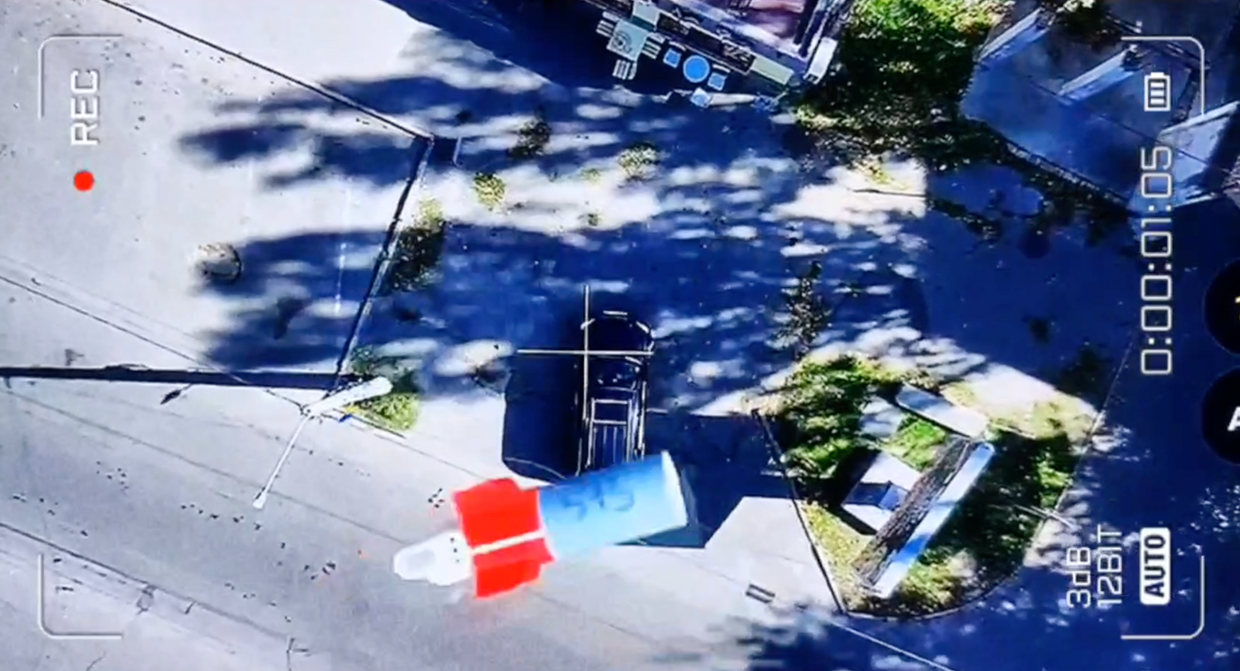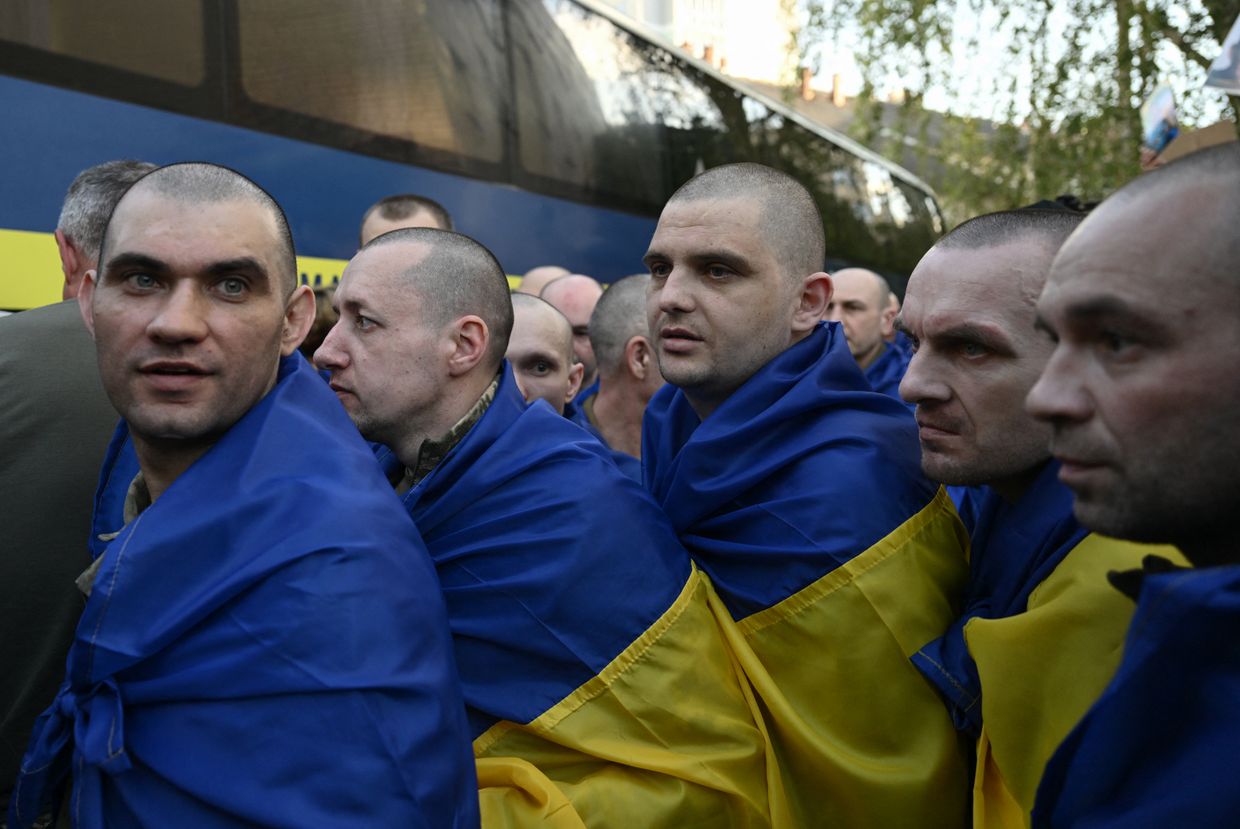Key developments on Oct. 2:
- Ukrainian forces withdraw from Vuhledar in Donetsk Oblast
- Ukraine aims to boost ballistic missiles, long-range arms production in 2025, Umerov says
- 1.5 million Ukrainian children at risk of being deported to Russia, ombudsman says
- 589 civilians killed in Ukraine in summer 2024 by Russia's war, UN reports
- NATO 'inadequately' prepared for large-scale war with Russia, Gen. Hodges says
Ukrainian forces have withdrawn from the town of Vuhledar in Donetsk Oblast, the Khortytsia group of forces said on Oct. 2.
"The higher command authorized a maneuver to withdraw units from Vuhledar in order to save personnel and military equipment, and take up a position for further operations," it said in a statement.
Ukraine's 72nd Mechanized Brigade has defended Vuhledar, key to Ukrainian defenses in the southern part of Donetsk Oblast, for nearly two years. Russian forces have been attempting to capture the town since the start of the full-scale invasion in 2022.
Vuhledar withstood numerous attacks in recent weeks as Russian forces attempted to encircle the town. Local authorities confirmed that Russian troops entered Vuhledar on Oct. 1, adding that fighting was ongoing.
Russia tried to capture the town "at any cost" by sending reserves to attack its flanks, which exhausted defending Ukrainian units, the military said.
"As a result of the enemy's actions there was a threat of the town being encircled," the statement added.
The front-line town lies about 50 kilometers (30 miles) southwest of occupied Donetsk and roughly 40 kilometers (25 miles) east of the administrative border with Zaporizhzhia Oblast.
Vuhledar is located north of a key intersection connecting the O-0532 road towards Vodiane and Kostiantynivka, a small paved road toward Kurakhove, and the partly occupied T-0509 highway toward Velyka Novosilka.
"It is, therefore, a key logistic point for Ukrainian forces defending the southern flank of Kurakhove," Federico Borsari, a fellow at the Center for European Policy Analysis (CEPA), told the Kyiv Independent last month.
Vuhledar was also the last fortified town before the village of Velyka Novosilka and the entire southern part of Donetsk Oblast that Ukraine controls.
The occupied section of the T-0509 highway, which passes south of Vuhledar, is essential for Russian forces trying to advance westward.

Ukraine aims to boost ballistic missiles, long-range arms production in 2025, Umerov says
Ukraine is planning to increase its production of drones, long-range and ballistic missiles in 2025, Defense Minister Rustem Umerov said on Oct. 1 at Ukraine's second international defense industry forum.
Domestically produced long-range weapons are of key importance to Ukraine's defense strategy, as Western partners refuse to authorize deep strikes in Russia with foreign-made missiles.
Ukraine began actively developing its missile program after Russia's full-scale invasion in February 2022. In late July, President Volodymyr Zelensky said the program had "good dynamics."
He then announced in August that Ukraine had carried out a successful test of its first domestically-made ballistic missile.
According to Umerov, $4 billion has been already invested in the development of the Ukrainian defense industry.
"Next year we plan to increase funding. Our priority is to develop domestic drones and long-range weapons, including ballistic missiles," the minister added.
Speaking at the Forum, Umerov said that Kyiv also wants to unveil more details about a major Ukrainian missile program later this year or in 2025, Interfax-Ukraine reported.
In addition, the defense ministry aims to attract foreign partners to create joint ventures to develop the defense industry.
"An important part of this cooperation is the signing of long-term contracts for the production, supply, and maintenance of weapons to ensure that the Ukrainian army is supplied for the long term," a statement from the ministry read.

1.5 million Ukrainian children at risk of being deported to Russia, ombudsman says
Around 1.5 million Ukrainian children who remain in occupied areas of Ukraine are at high risk of being deported to Russia, Ombudsman Dmytro Lubinets said on Oct. 2.
Russia has already abducted more than 20,000 children since the start of its full-scale invasion of Ukraine, Lubinets said. Less than 400 of them have been returned home, according to the Children of War database.
Deported children have their personal data changed so that their relatives cannot find and bring them back home, the ombudsman added.
"Our children are even sent to so-called 're-education camps' where they are zombified with Russian propaganda. Just imagine: our children are forced to deny their Ukrainian origin," Lubinets said.
Kyiv also recorded cases of children being illegally adopted by Russian families.
In March 2023, the International Criminal Court (ICC) issued arrest warrants for Putin and Maria Lvova-Belova for their roles in the illegal deportation of Ukrainian children.
The unlawful transfer or deportation of civilians to Russia violates the Fourth Geneva Convention and constitutes a war crime under international law.

589 civilians killed in Ukraine in summer 2024 by Russia's war, UN reports
At least 589 Ukrainian civilians were killed and another 2,685 injured in Russia's war against Ukraine between June 1 and Aug. 31, according to a report by the Office of the U.N. High Commissioner for Human Rights (OHCHR) published on Oct. 1.
The number of victims in the summer increased by 45% compared to the OHCHR's spring monitoring, the report reads.
Over the summer, 324 men, 238 women, 14 girls, and 13 boys were killed, while 1,353 men, 1,155 women, 104 boys, and 73 girls were injured. The month of July 2024 was the deadliest for civilians in Ukraine since October 2022, according to the OHCHR.
The OHCHR said the main cause of the high number of civilian casualties in July was a large-scale coordinated attack of dozens of missiles launched by Russia at targets across Ukraine on July 8, which killed 44 people and injured 196, as Ukraine's State Emergency Service reported.
The Russian army's efforts to establish control over the territory of the eastern Donetsk Oblast also resulted in many civilian casualties, the OHCHR added.
At least 10,582 civilians have been killed and nearly 20,000 have been injured since the start of Russia's full-scale invasion of Ukraine in February 2022, the United Nations Human Rights Monitoring Mission in Ukraine (HRMMU) said on Feb. 22.
The figure of 10,582, which includes 587 children, consists of civilian deaths verified according to UN methodology.
The number of dead and injured in fighting immediately after the outbreak of the full-scale war has yet to be fully accounted for, and some of the places that saw the heaviest combat in early 2022 are still under Russian occupation, making it impossible for outside observers to investigate.

NATO 'inadequately' prepared for large-scale war with Russia, Gen. Hodges says
NATO lacks adequate air defenses, military mobility, ammunition, and the mindset to be fully ready for a potential large-scale conventional war, retired U.S. Lieutenant General Ben Hodges said on Oct. 2.
Speaking at a discussion at the Warsaw Security Forum attended by the Kyiv Independent, Hodges said that many of Europe's political and military leaders do not fully acknowledge the realities of a possible war with Russia.
Warnings about a clash between Russia and NATO have mounted since Moscow launched its full-scale invasion of Ukraine in 2022, with many observers pointing out insufficient defense-industrial base and battle readiness on the West's part.
"We don't have adequate missile and air defense to protect our seaports, airports, and critical infrastructure," Hodges said.
NATO's eastern flank has only 5% of the air defense capabilities necessary to deter an attack, the Financial Times reported in May.
"We still... cannot move quickly throughout Europe, so the issue of military mobility is still a challenge that needs to be resolved," the retired general added.
If Russia decided to attack NATO, its forces would immediately strike European transport infrastructure that the allies need to respond, according to Hodges.
"So imagine a week of what's happening in Ukraine to happen in Gdansk, or Klaipeda, or Tallinn, or Bremerhaven," he went on. In the worst-case scenario, Lithuania would have to wait for two weeks for the arrival of reinforcements, he added.
Echoing the words of his co-speaker, Romanian Defense Ministry State Secretary Simona Cojocaru, Hodges said that NATO militaries must be ready to roll out much faster than they currently can.
According to the retired general, Western armies were ready for deployment within 24 hours during the Cold War, while today's militaries largely lack this mindset.
NATO should have the "courage to acknowledge what you see as a threat, and then start pulling ammunition out of bunkers, starting deploying troops to be prepared." Hodges added that allied leaders are often hesitant to respond fast and decisively enough, fearing such steps would be perceived as provocation.
Hodges also called for investing in exercises and ammunition production to increase the alliance's military readiness.
"Ten and half years after Russia invaded Ukraine, and we still cannot provide enough ammunition for a week. And we've emptied our bunkers to help."
The retired general nevertheless added that European countries are "moving in a much better direction," namely praising Poland's planned military transformation.















